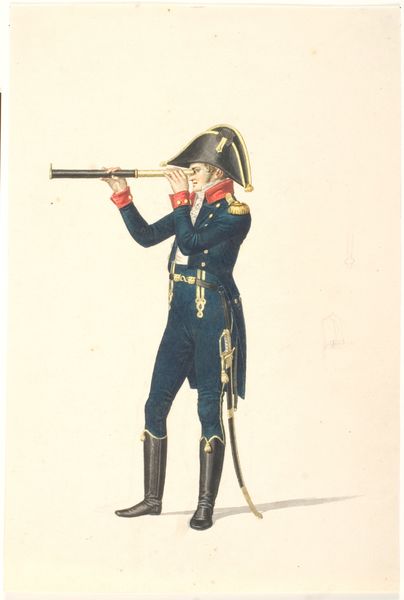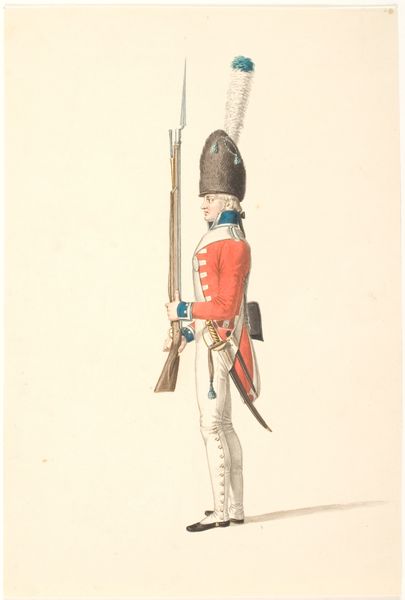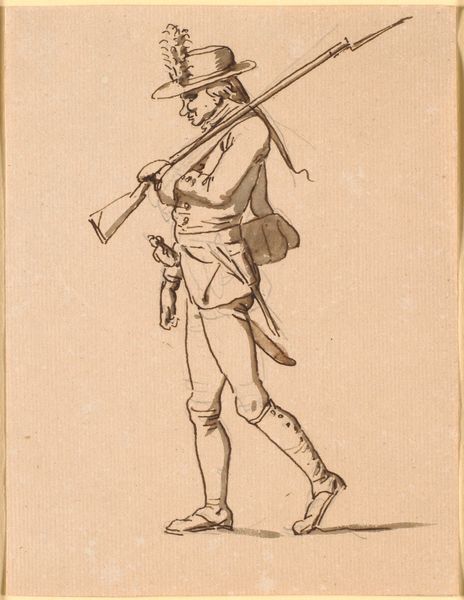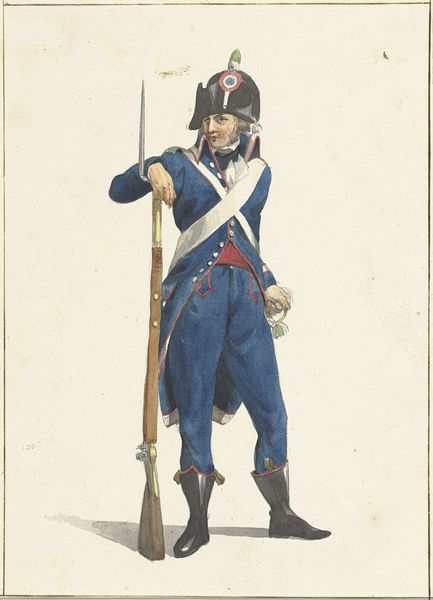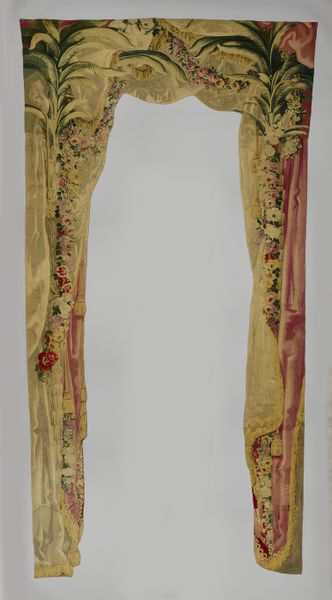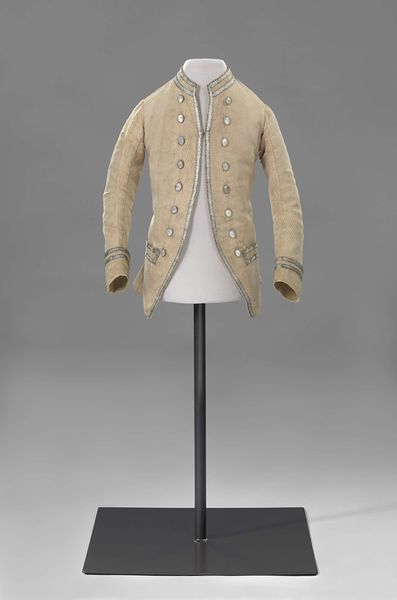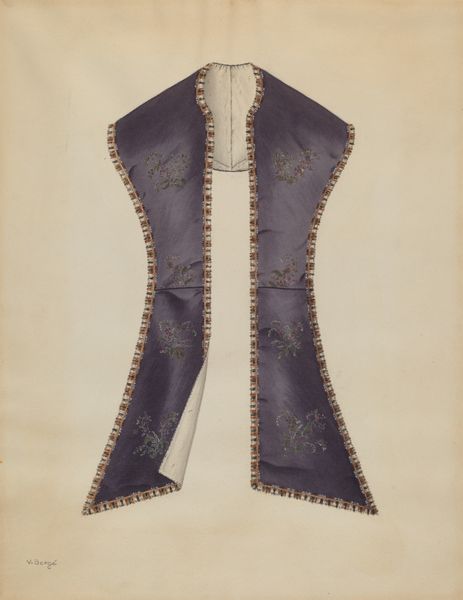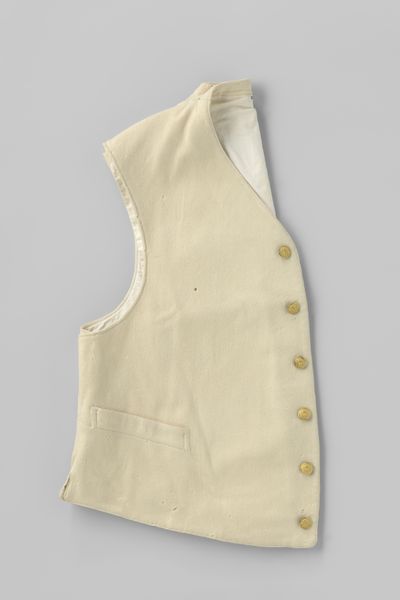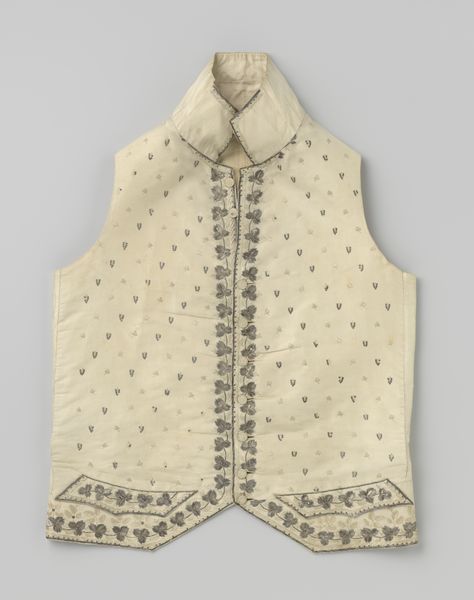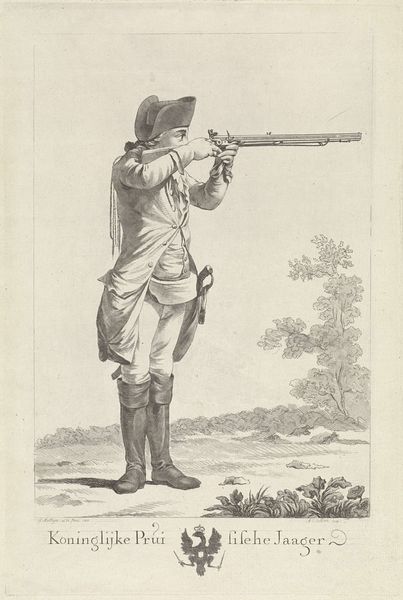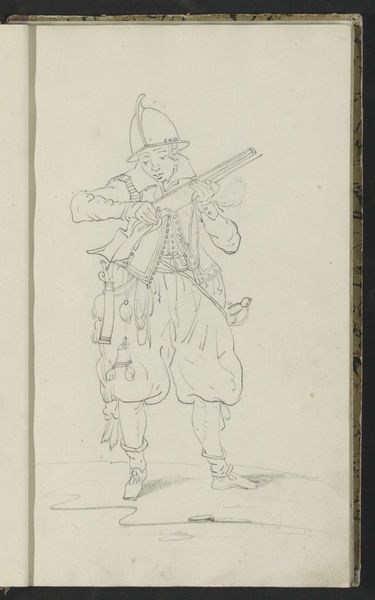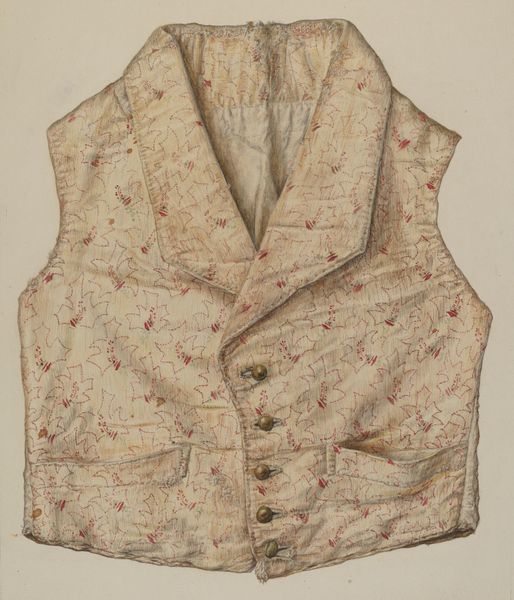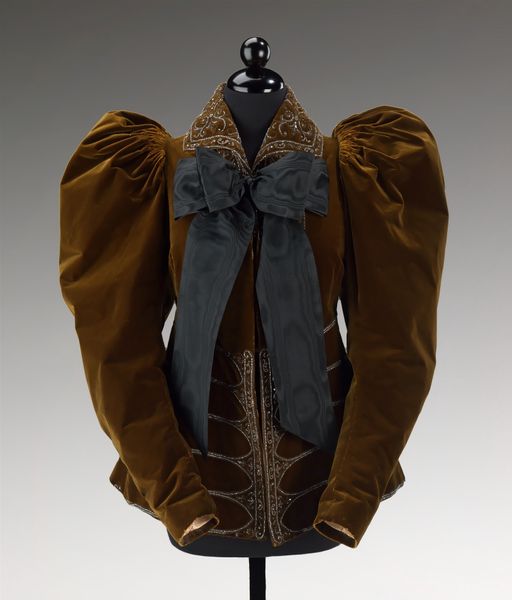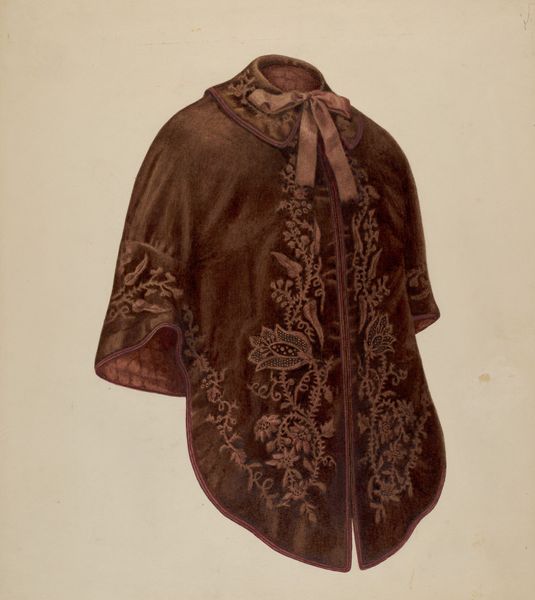
carving, silver, metal, photography, wood
#
still-life-photography
#
carving
#
silver
#
baroque
#
metal
#
photography
#
wood
Dimensions: length 49.6 cm, length 32.1 cm, diameter 15.9 mm, weight 1052 gr
Copyright: Rijks Museum: Open Domain
Curator: These are a pair of flintlock pistols, crafted between 1675 and 1685. You can see them here at the Rijksmuseum. Editor: They strike me as incredibly ornamental. The level of detail seems almost at odds with their primary function as weapons. Curator: Indeed, the pistols blend functionality with artistry. Examining the materials – wood, silver, and metal – and techniques like carving, it’s evident how much labor and craft went into their creation. This raises questions about production, skill, and the value placed on weaponry in that period. Editor: I'm interested in unpacking what these pistols signified in the late 17th century. Ownership of such finely crafted weapons would speak volumes about power dynamics, privilege, and social status. They reflect gender roles, too, considering how weaponry historically intersects with masculinity and male dominance. Curator: Exactly. Moreover, let’s consider how access to firearms shaped colonial expansion and impacted global trade routes. Objects like these were often used to exert control and perpetuate violence against marginalized populations, and how that reflects social norms then, or even now. Editor: So, are we idealizing or mythologizing historical acts through these weapons by isolating them in museums without examining the contexts of extraction and exploitation, especially forced labor of marginalized people? Curator: That's an important provocation. Perhaps they also encourage viewers to contend with the ethical issues involved in displaying objects linked to conflict and conquest. Editor: Ultimately, engaging with these pistols challenges us to critically examine power and inequality. Curator: Thinking about their production allows us to confront historical and present-day exploitation, especially when we focus on materiality, making us more responsible viewers and citizens.
Comments
rijksmuseum about 2 years ago
⋮
Jan Knoop of Utrecht was one of the leading late 17th-century Dutch gunmakers. Written on the signboard of his house in Utrecht was ‘De gecroonde franse pistolen’ (‘The Crowned French Pistols’), indicating that he followed the French style. The man in a chariot on the lockplate is a motif that often appears on firearms by Utrecht gunmakers, as does the mask on the barrel.
Join the conversation
Join millions of artists and users on Artera today and experience the ultimate creative platform.
